12 Historic Gardens That Have Stood the Test of Time
Across the world, certain gardens stand as living testaments to history, artistry, and cultural pride. These beautiful spaces have witnessed centuries of change while preserving the traditions of design and nature. From royal landscapes to ancient wonders, each one tells a story about the people who created them and the eras they represent. Visitors are drawn to their timeless charm, where every path, fountain, and tree reveals a connection between humanity and the natural world.
This post may contain affiliate links, which helps keep this content free. Please read our disclosure for more info.
Gardens of Versailles, France
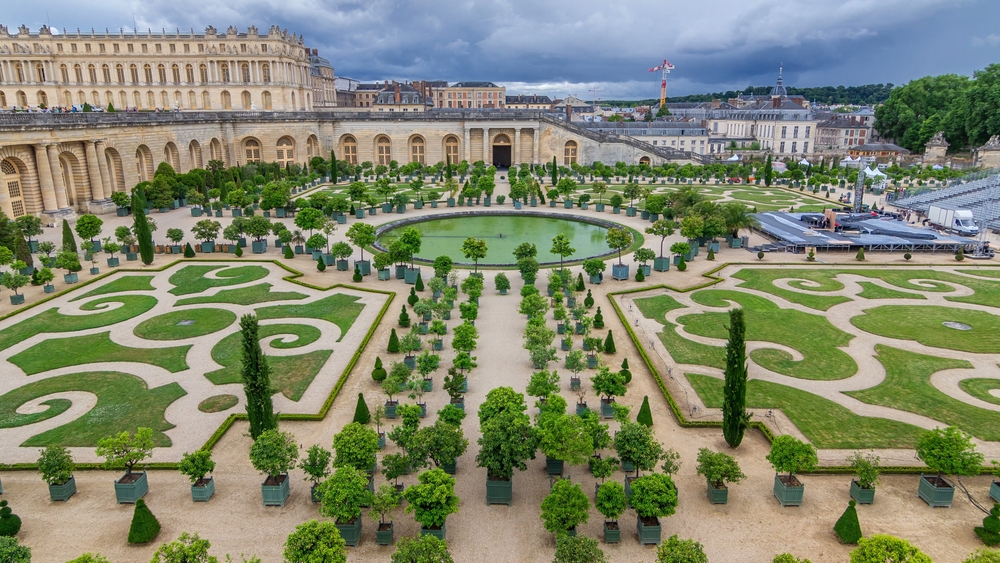
The Gardens of Versailles represent one of the most impressive displays of landscape design in European history. Designed by André Le Nôtre in the 17th century for King Louis XIV, these vast grounds stretch across more than 800 hectares. Every path, hedge, and fountain was created to reflect royal grandeur and control over nature, serving as a symbol of French power and elegance. The intricate waterworks and reflective pools give visitors a sense of balance and harmony that mirrors the ideals of classical art.
Over the centuries, the gardens have witnessed royal ceremonies, diplomatic events, and quiet moments of leisure among nobles. Today, they remain a UNESCO World Heritage Site and a masterpiece of formal French garden design. The combination of symmetry, sculptures, and perfectly trimmed greenery continues to draw millions of visitors each year, making it an enduring legacy of artistry and ambition.
Hanging Gardens of Babylon, Ancient Mesopotamia
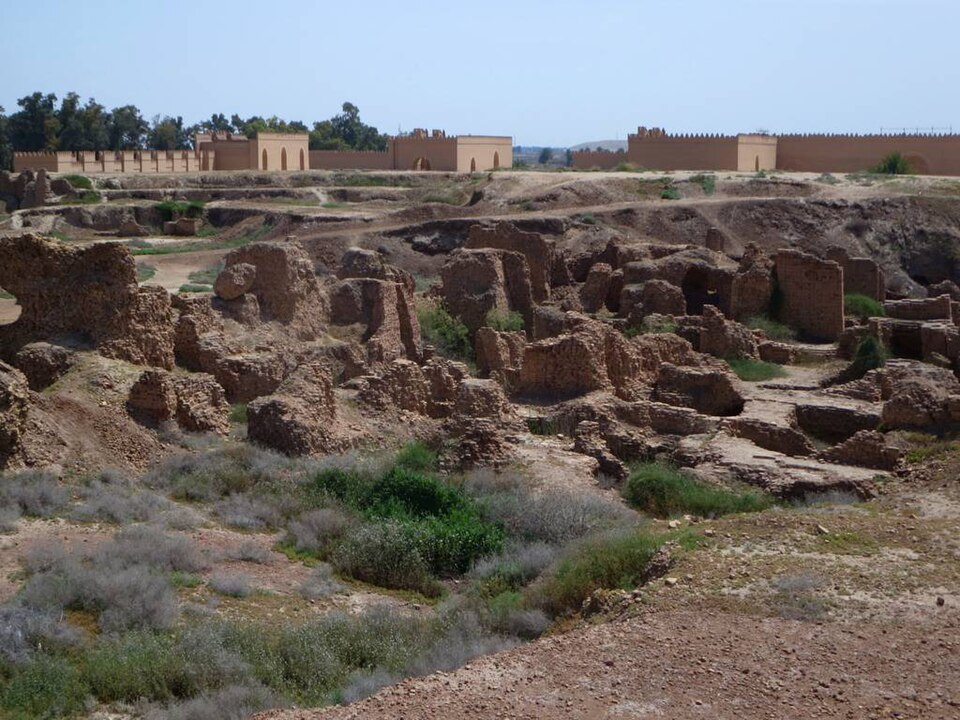
The Hanging Gardens of Babylon are perhaps the most legendary of all ancient gardens, often described as one of the Seven Wonders of the Ancient World. Ancient writings suggest they were built by King Nebuchadnezzar II around 600 BCE for his queen, who missed the green hills of her homeland. Terraced structures were said to rise high above the city, filled with lush plants that seemed to float in midair. The sight was meant to symbolize abundance and devotion, blending architecture and nature in extraordinary ways.
Although no definitive archaeological evidence has been found, the idea of the gardens has continued to inspire artists, historians, and architects for centuries. The mystery surrounding their true existence only adds to their fascination. Whether real or imagined, the story of the Hanging Gardens remains a reminder of how human creativity has long sought to bring beauty and life to arid places.
Kew Gardens, London, England
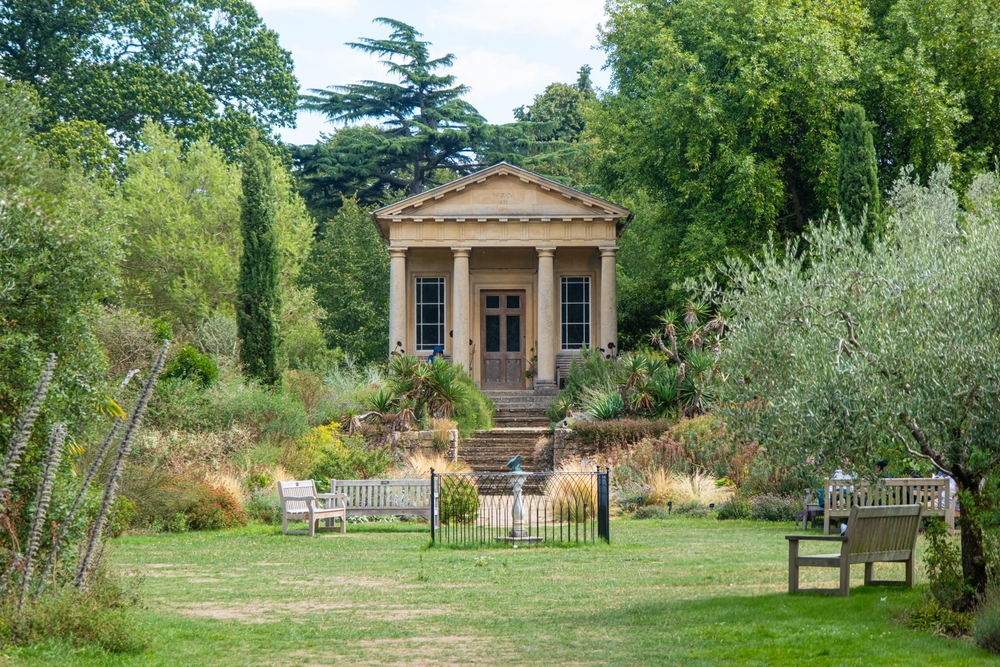
Kew Gardens began in the 18th century as a small royal garden but later expanded into one of the world’s most important botanical institutions. Established under Princess Augusta in 1759, the gardens became a center for scientific study and plant collection from across the globe. The Palm House and Temperate House are notable glass structures that reflect the elegance of Victorian design and showcase exotic species. Every corner offers a glimpse into both natural beauty and scientific curiosity.
Kew Gardens now houses over 50,000 living plants, making it one of the largest and most diverse collections anywhere. It has played a major role in plant conservation and education, helping researchers understand global biodiversity. Visitors can walk through gardens that blend art, science, and history, all within a serene environment that feels timeless.
Chehel Sotoun Garden, Isfahan, Iran
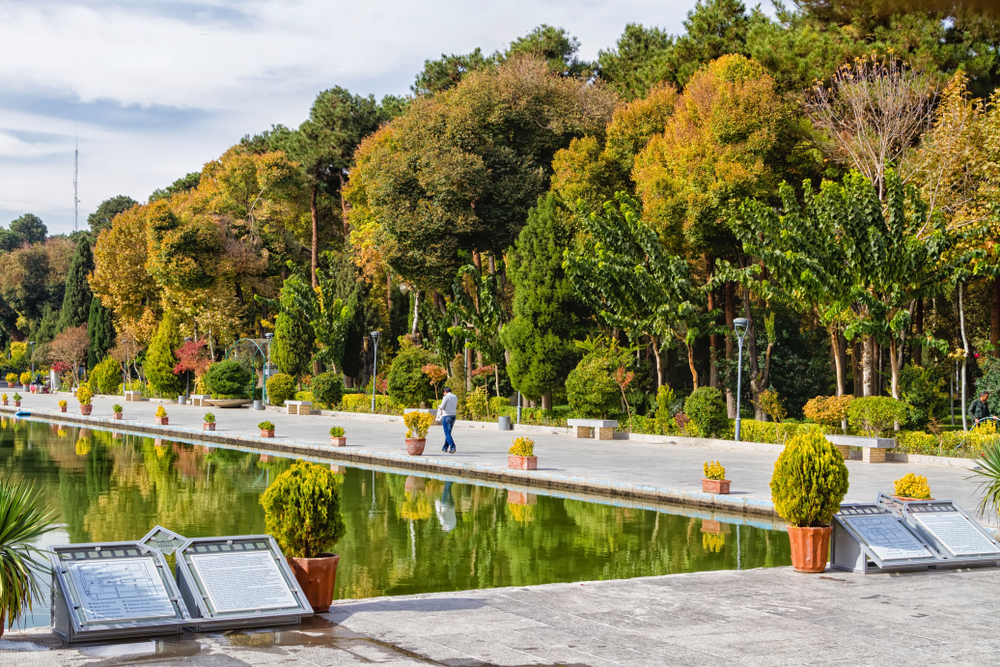
The Chehel Sotoun Garden in Isfahan stands as a remarkable example of Persian design from the Safavid era. Built in the 17th century by Shah Abbas II, it was intended as a space for royal entertainment and receptions. The garden’s name, which means “Forty Columns,” refers to the twenty slender pillars of its pavilion reflected in the long pool in front. This play of symmetry and reflection is a key feature of traditional Persian aesthetics.
Beyond its architecture, the garden reflects the philosophy of Persian landscaping, which emphasizes harmony between water, trees, and open space. Murals and frescoes inside the pavilion depict historic events and royal life, turning the site into both a garden and a cultural archive. Today, Chehel Sotoun continues to attract visitors who admire its peaceful atmosphere and rich artistic detail.
Boboli Gardens, Florence, Italy
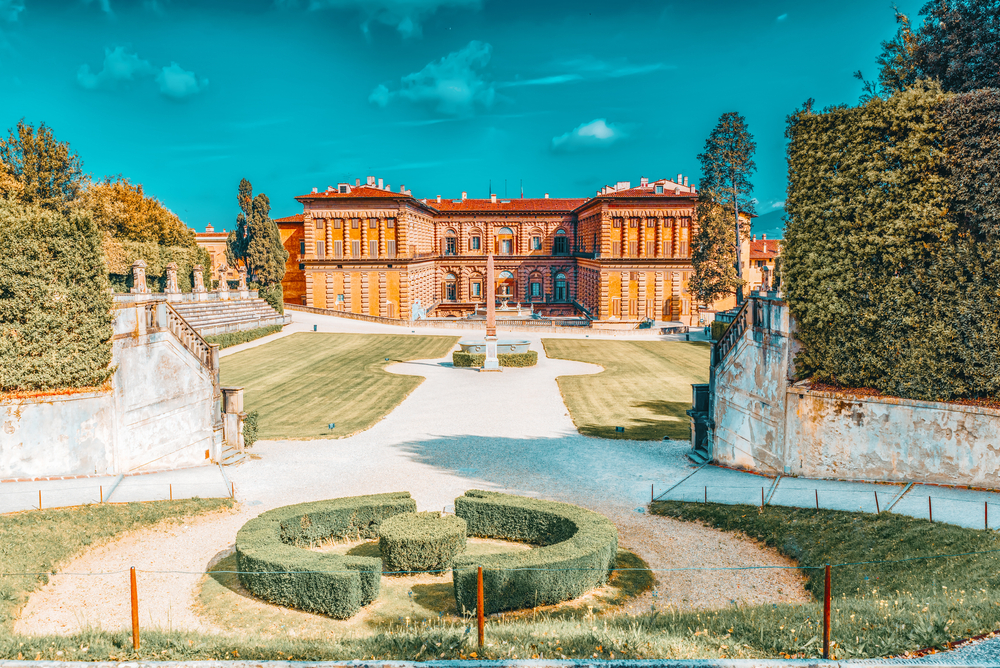
The Boboli Gardens, located behind the Pitti Palace in Florence, were designed in the 16th century for the powerful Medici family. They represent one of the earliest examples of Italian Renaissance garden design, combining art, architecture, and landscape in a unified vision. Wide terraces, grottoes, and sculptures line the pathways, making every turn a visual experience. The gardens were meant to reflect the Medici’s taste and influence during their rule.
Over time, the Boboli Gardens became a model for many European parks that followed. Statues from ancient Rome stand among cypress trees and fountains, linking art with nature. The balance of formality and natural beauty gives the gardens an elegant, almost theatrical feel that continues to charm visitors from around the world.
Ryoan-ji Garden, Kyoto, Japan
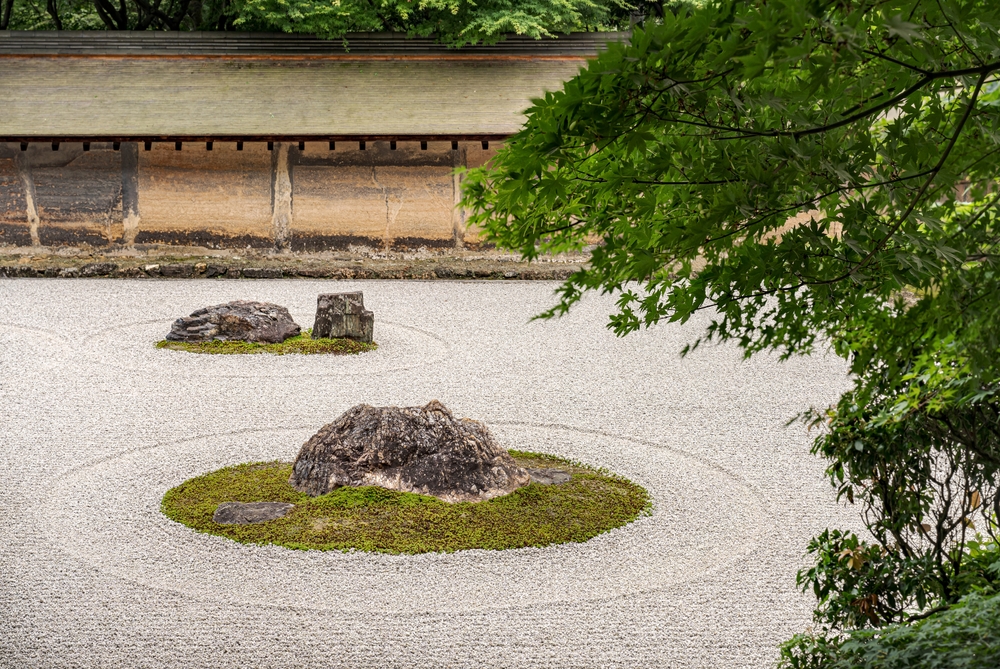
The Ryoan-ji Garden is one of Japan’s most admired Zen rock gardens. Created in the late 15th century, it consists of fifteen rocks placed within a bed of white gravel, carefully arranged to evoke tranquility and reflection. This minimalist layout invites contemplation rather than display, a hallmark of Japanese aesthetics. Each visitor may interpret the design differently, which is part of its timeless appeal.
The garden’s simplicity contrasts with its deep spiritual meaning. Ryoan-ji has long served as a place of meditation for monks and travelers alike. It represents the beauty of restraint and the Japanese appreciation for balance between space, texture, and silence. Centuries later, it continues to influence garden design around the world.
Peterhof Palace Gardens, Saint Petersburg, Russia
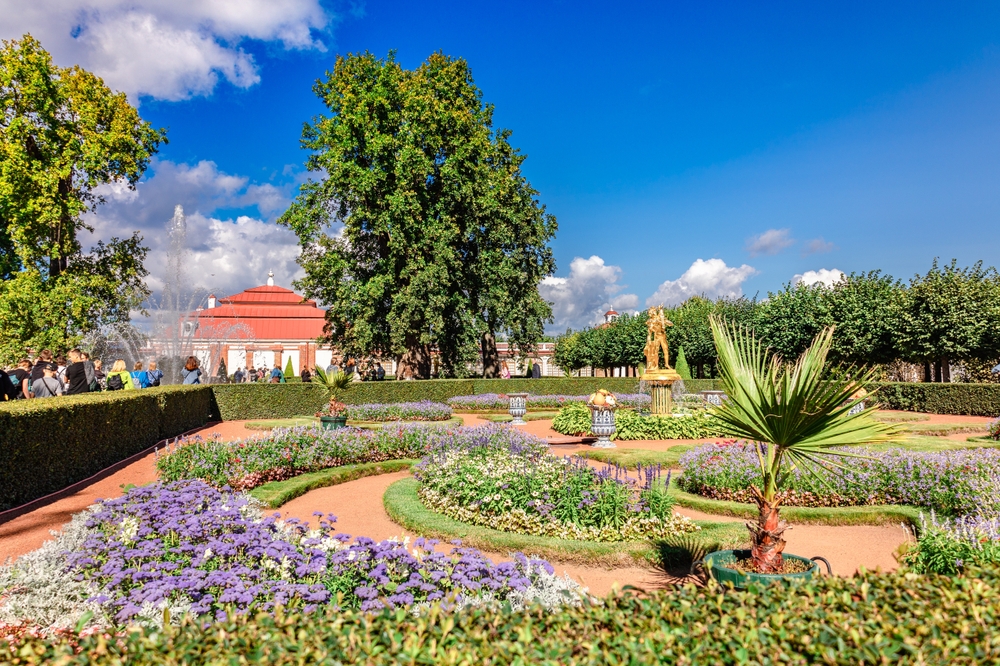
Commissioned by Peter the Great in the early 18th century, the Peterhof Gardens were inspired by the grandeur of Versailles. Known for their elaborate fountains and canals, the grounds stretch toward the Gulf of Finland and symbolize Russia’s connection to Europe. The Grand Cascade, with its gold statues and water jets, is one of the most remarkable features of the entire complex. It expresses both artistry and power in equal measure.
Throughout history, Peterhof has served as a summer residence for Russian emperors. Despite damage during wartime, the gardens were carefully restored, preserving their elegance and harmony. Walking through Peterhof today feels like stepping into a living museum of imperial taste and vision.
Alhambra Gardens, Granada, Spain
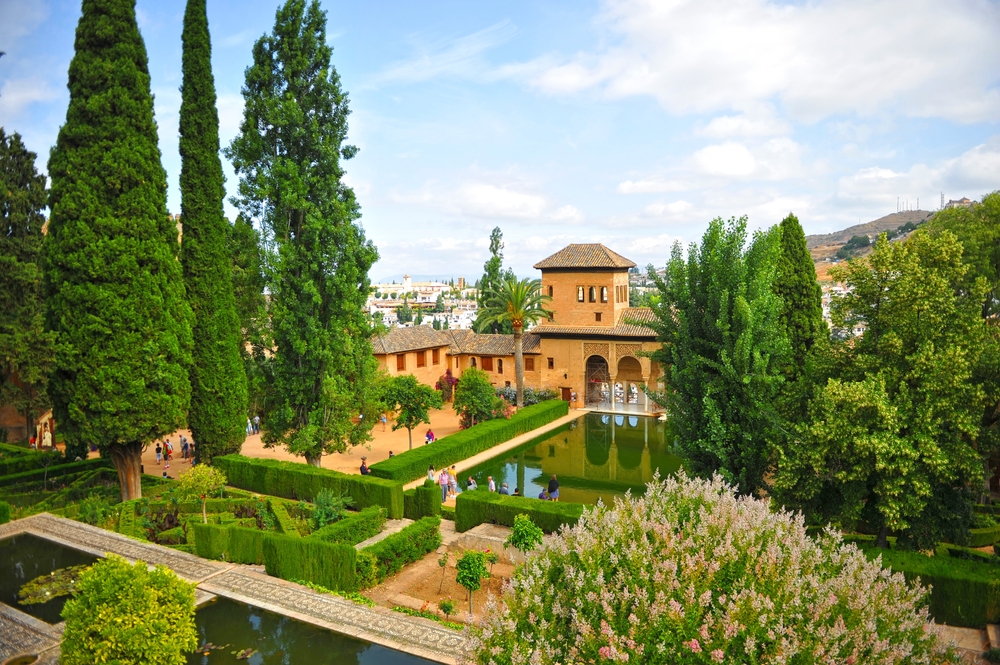
The Alhambra Gardens form part of the famous Moorish palace complex in Granada. Built during the 13th and 14th centuries, these gardens reflect Islamic design principles that emphasize water, geometry, and tranquility. Fountains, reflecting pools, and shaded courtyards create a peaceful contrast to the surrounding arid landscape. The sound of flowing water accompanies visitors as they wander through arches and terraces.
The gardens were intended to evoke paradise, an essential concept in Islamic art. Every plant and pathway was chosen to provide coolness and serenity. Centuries later, they remain an outstanding example of cultural blending, combining Arabic artistry with Spanish natural beauty.
Villa d’Este Gardens, Tivoli, Italy
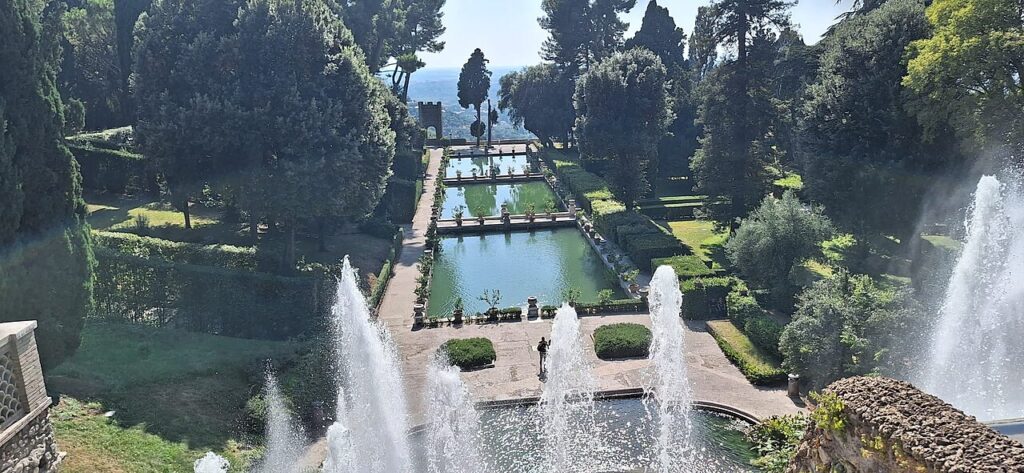
The Villa d’Este Gardens in Tivoli were completed in the 16th century for Cardinal Ippolito II d’Este. Famous for their elaborate fountains, terraces, and grottoes, they embody the creativity of Renaissance landscape design. The central theme revolves around water as a symbol of life and power. Streams flow from one level to another, creating constant movement and sound throughout the estate.
Visitors are often struck by the ingenuity of the hydraulic systems that still function centuries later. The gardens have inspired countless artists and designers with their beauty and complexity. They serve as a celebration of both human engineering and the serenity of nature, a balance that continues to amaze guests today.
Keukenhof Gardens, Lisse, Netherlands
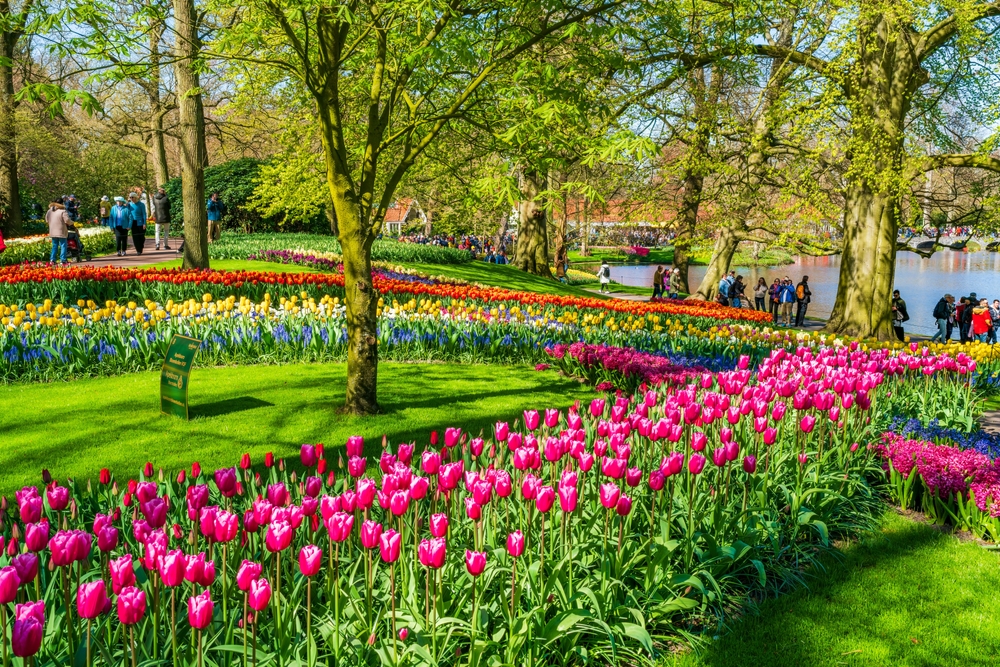
Keukenhof, often called the “Garden of Europe,” showcases the Netherlands’ deep relationship with tulips and flower cultivation. Originally part of a 15th-century estate, it became a formal garden in 1949 to highlight Dutch horticultural excellence. Each spring, millions of tulips bloom in vibrant colors, creating an unforgettable sight. The displays are arranged in artistic patterns that change every year.
The garden’s success comes from a long-standing tradition of horticulture and innovation. Though most famous for its tulips, Keukenhof also features daffodils, hyacinths, and orchids. Visitors come from around the world to experience the short but breathtaking flowering season that has made Keukenhof a cherished destination for centuries.
Château de Villandry Gardens, France
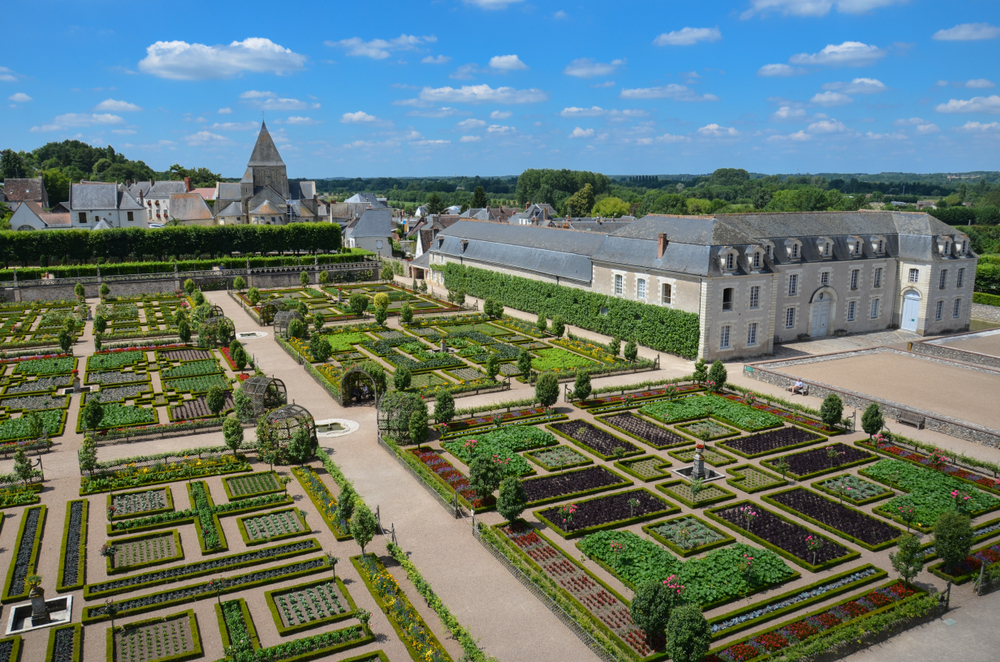
The gardens at Château de Villandry, completed in the early 16th century, are renowned for their harmony and geometric design. Divided into distinct sections, they include ornamental, vegetable, and water gardens, all arranged with striking symmetry. The patterns reflect Renaissance ideals of order and beauty, linking human creativity with the natural world.
Over time, the Villandry Gardens have been restored to their original glory, preserving their historical layout. Each season brings new colors and textures, offering visitors a living connection to France’s artistic heritage. They remain one of the Loire Valley’s most visited and admired attractions.
Shalimar Bagh, Srinagar, India
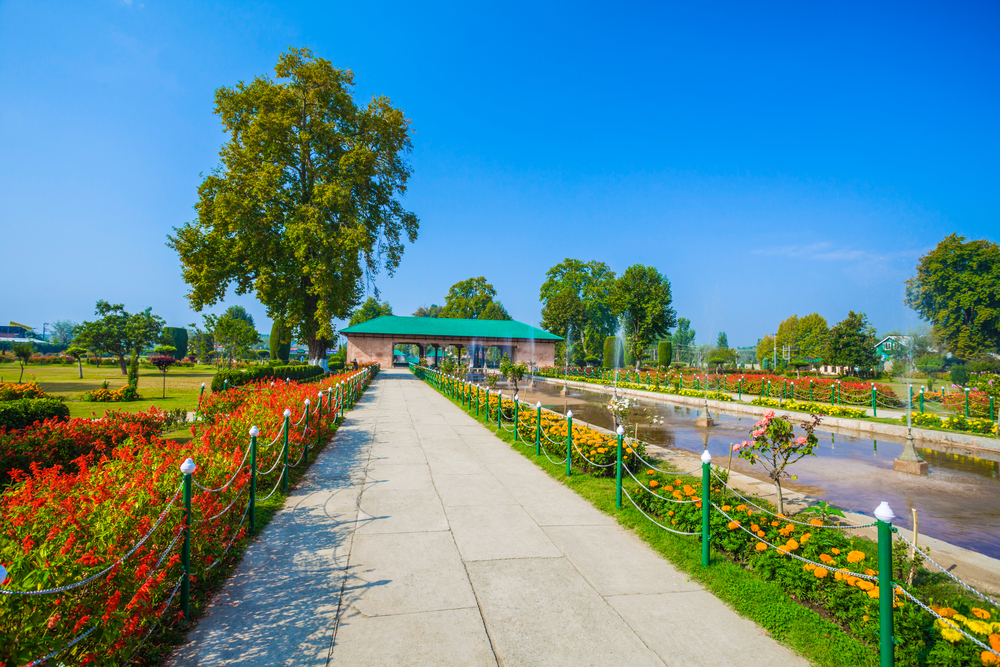
Shalimar Bagh, built by Mughal Emperor Jahangir in 1619, stands as one of the finest examples of Mughal garden design. The layout follows the traditional Persian charbagh pattern, with four quadrants divided by water channels. The garden was created as a royal retreat for the emperor and his queen, surrounded by chinar trees and Himalayan views.
Its charm lies in the careful integration of nature and architecture. Cascading terraces, pavilions, and flowing water all contribute to a sense of calm and beauty. Even today, Shalimar Bagh continues to attract visitors who come to admire its timeless blend of artistry and serenity.
This article originally appeared on Avocadu.
